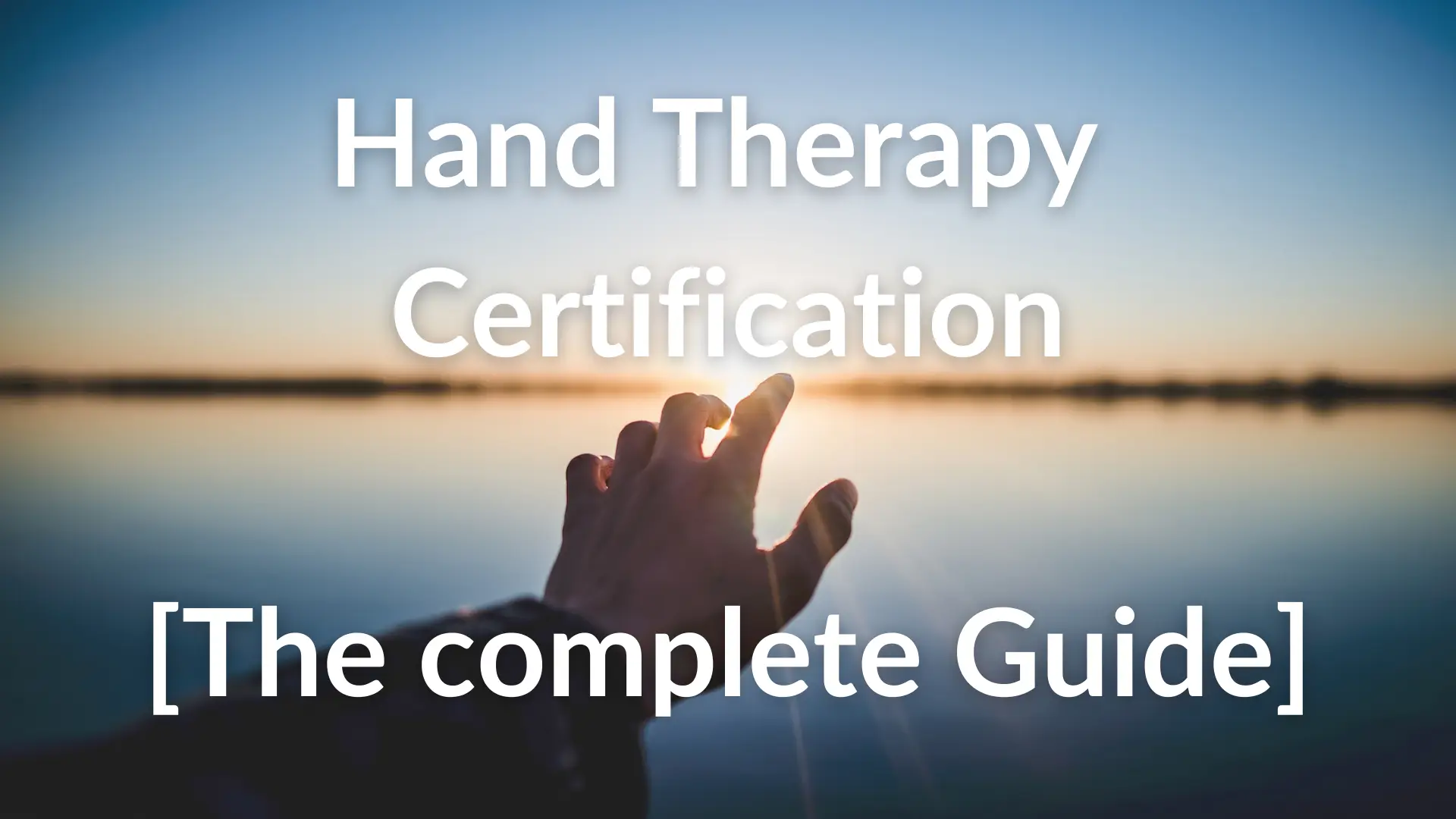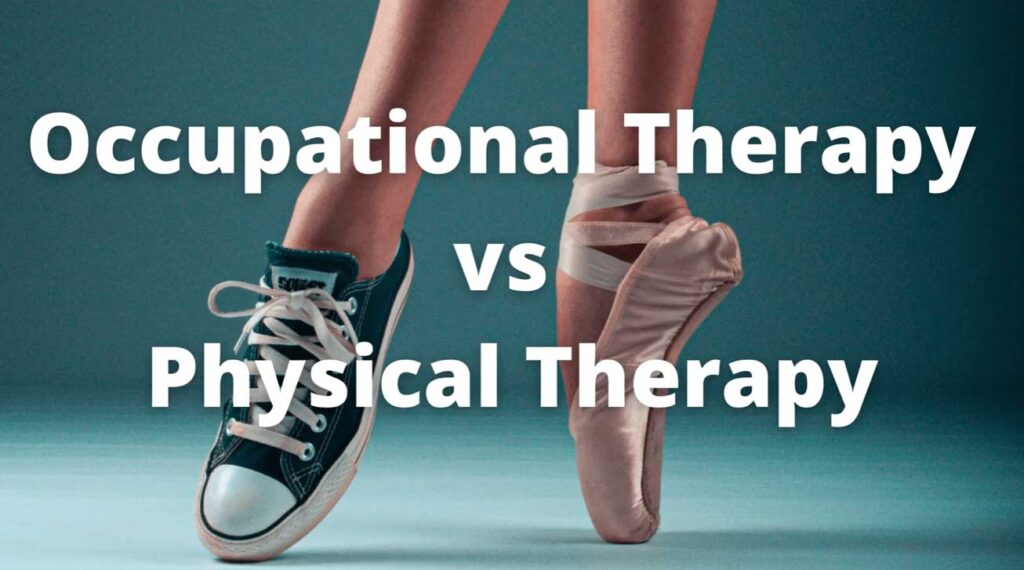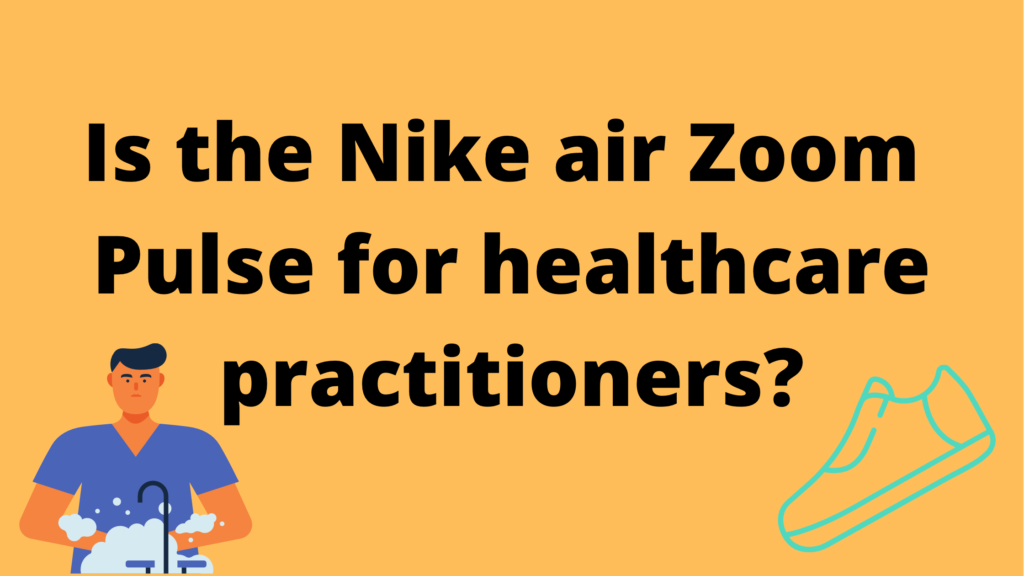Sock aids have been one of the many tools of choice for occupational therapists to help people become more independent with their daily activities.
They’re helpful for people who recently had hip and back surgery and can be useful for anyone with lower extremity weakness.
But what’s the best sock aid alternative for getting dressed?
The best sock aid is the horse sock aid. The horse sock aid is a new approach that eliminates the need for a specific size foot and doesn’t touch the skin.
Typically, a sock aid has a “U” shape to keep the sock open while it slides up the foot. The horse sock aid only attaches to the top part of the sock, allowing the sock to be pulled on without touching skin.
3 Best ways to transfer to a wheelchair or toilet if you can’t walk
Benefits of a horse sock aid
Here are a few reasons why you might use the horse sock aid.
- Built in shoehorn
- Works well with most men’s and women’s socks
- Two tools in one – the bottom guides can be used as a long-handled shoehorn
- Gender neutral taupe color with clean white grips
- Guides cradles leg, steadying the tool while
- Skin never touches the hard plastic
The best sock aid alternative
The best sock aid alternative is exercise. I know this won’t work for everyone, but most people who have lower extremity weakness can work on active and passive ROM exercises to increase hip mobility.
A sock aid is great for patients who cannot bend, cross their legs, or reach, but they’re not always the best solution.
Most people don’t need sock aides and would benefit from hip abduction and internal rotation exercises to increase flexibility to be able to don socks. A sock aid is great for people who will never be able to put on their socks or for patients who need a temporary solution, but it’s best to continue to exercise and stretch so patients can reach their maximum level of independence.
Best sock aid for small feet
The best sock aid for small feet is the cloth sock aid. This device works great for people who use ankle socks or no show socks, but it will work fine with regular sized socks as well. Most people prefer this sock aide because it’s soft and doesn’t press against the skin.
The best sock aid for large feet
For larger feet, I prefer using a wide plastic sock aid. They don’t work for everyone, but it can be easier to use if you use baby power before using it to don socks.
Is a sock aid worth it?
A sock aid is worth it for people who have chronic lower extemity weakness or just need a temporary solution. However, some chronic weakness is reversible with a consistent exercise program, but the client must be motivated.
A sock aid can also be useful for patients who have just undergone spinal or knee surgery, but you should use caution when prescribing adaptive equipment for these patients, so it doesn’t become a permanent solution.
When talking to patients about sock aids, the most common response is that their family member will help them get dressed. Occupational Therapists tend to respond by saying that the patient needs to learn to be more independent, so they don’t need to count on others.
While it’s important to encourage independence, you may need to feel out the situation. Based on the patients values, beliefs, and culture.
Conclusion
Sock aids are great tools to help patients become independent with lower body dressing, but they’re not always the best tool for the job. They work great for a temporary solution but the means to an end should always focus on exercise to promote independence with lower body dressing.
I hope this was helpful.
Subscribe below to learn more occupational therapy tips and tricks, and don’t forget to check me out on youtube and instagram.
How to use the toilet after a hip replacement to avoid pain and dislocation

David is the lead editor of OT Focus. He has been practicing as an Occupational Therapist since 2013. He specializes in acute care, hand therapy, and ergonomics.




